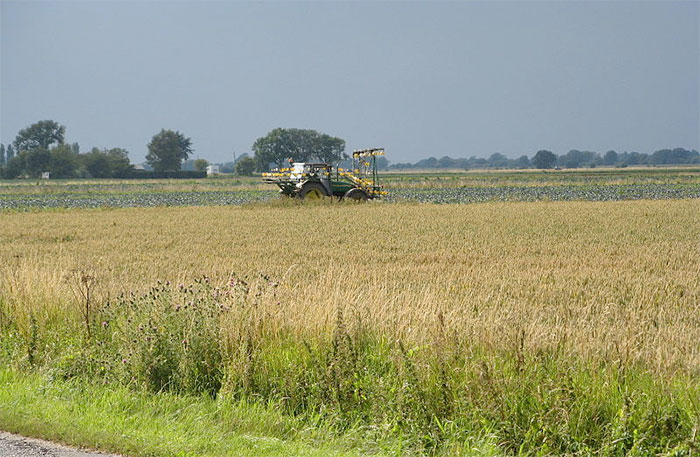
With the world population expected to grow by 27 percent to 8.9 billion by 2050 and consumers in developing markets increasingly able to afford more foodstuffs, demand for agricultural products is certain to rise, according to Joe Woods, Fluid Power Segment Manager Americas for Trelleborg.
"You can't open an agricultural publication today without seeing references to population growth and rising living standards," he said.
The amount of arable land available on the planet is limited, so it must be as productive as possible. A number of trends are resulting in greater productivity.
In developed markets one trend is the increasing automation of farm machinery such as combine harvesters.
Combine harvesters can now be steered by GPS, and subsystems such as the headers that harvest the crops are increasingly computer controlled.
"An operator used to throw a lever to manually raise and lower a header," says Woods.
"Now there's a button controlling the hydraulic cylinder. For its smooth operation you need lower friction and higher precision, which our seals provide."
Another way to increase land productivity is to prevent damage to the soil by tractors and other machinery.
"Compression by tyres affects the structure of the soil, affecting its ability to absorb water and nutrients and therefore affecting yields," said Emiliana Vesco, Product Manager Agricultural and Forest Tires for Trelleborg.
Tests show that compaction causes poor root development and disrupts biological activity in the land.
"Our aim is to design and produce tyres that respect the structure of the soil and preserve its organic life by minimizing mechanical damage," said Vesco.
Agricultural vehicles are becoming more environmentally-friendly, with stricter emissions standards going into effect in the U.S. and Europe.
Their engines run hotter to reduce emissions, which demands components that can handle the higher temperatures. "We now supply high-temperature compounds for engine mounts," says Chris Billinge, Global Markets Director for Trelleborg’s antivibration mounts. "This allows our customers to run their engines in these hotter environments and still have excellent isolation."
"Agriculture is destined to play a leading role in future environmental challenges, since farmers, along with leading manufacturers, increasingly demand innovations that meet sustainable requirements," said Vesco.
According to forecasts, 80 percent of the growth in the agricultural industry through 2020 will occur in the BRIC countries (Brazil, Russia, India and China). A significant amount of farming in China is still unmechanized, and where machinery is used it is often less productive than in the developed world.
South Africa grows every kind of food crop, filling most of the country’s domestic needs and exporting on top of that, so it is no surprise that demand for tractors is growing, along with associated markets.
In 2011, sales of tractors in South Africa almost doubled over 2010 levels, reaching 7,963 units. In recent years, there has been an increased focus on precision farming, meaning minimizing soil compaction for maximum agronomic yield.
